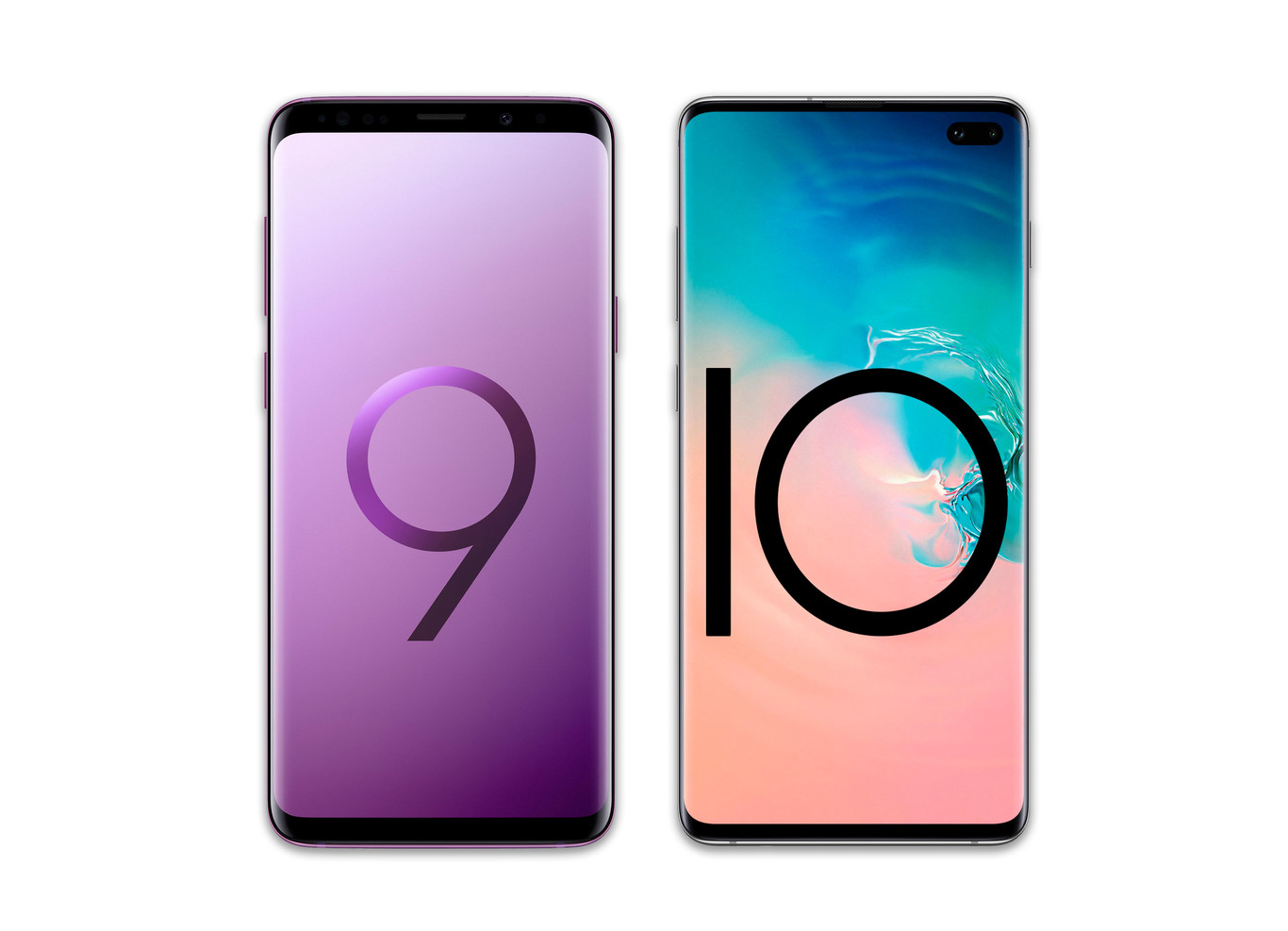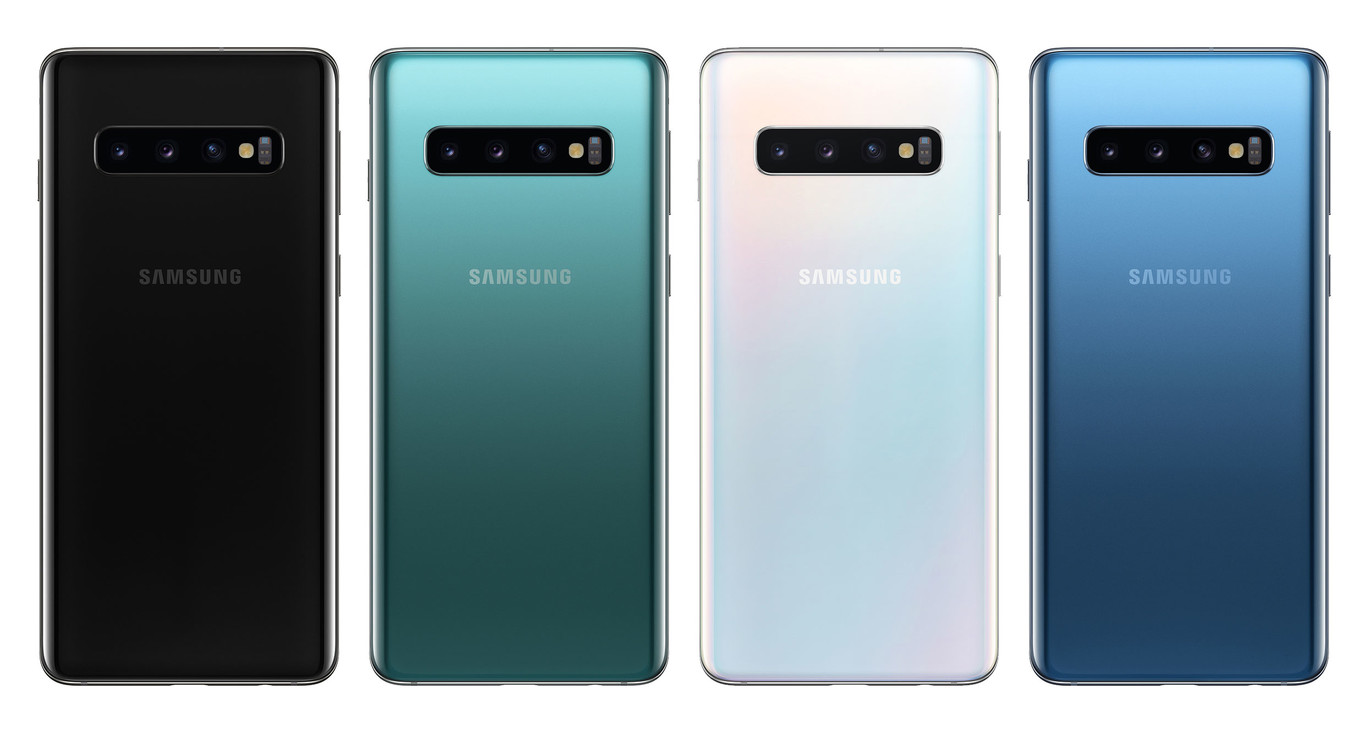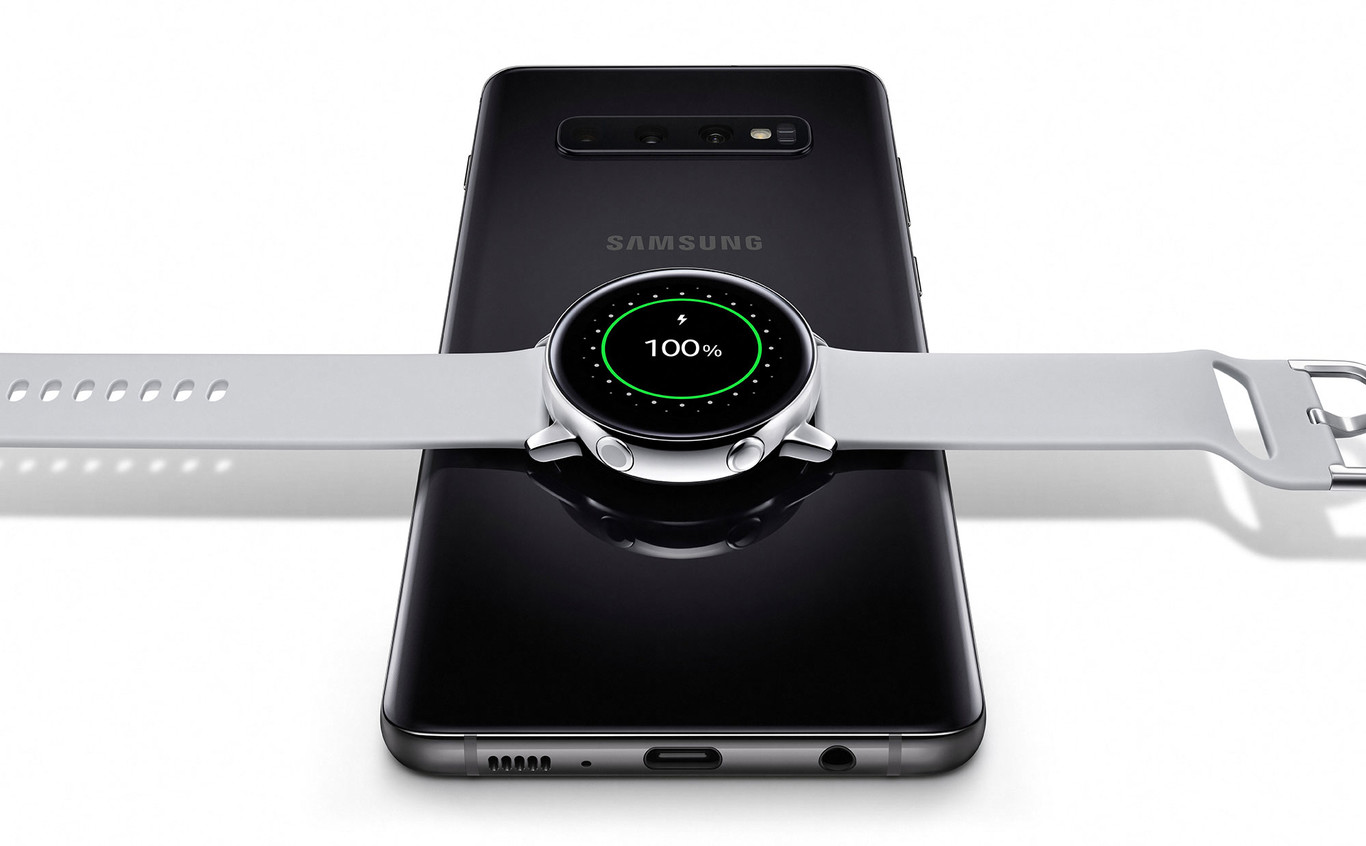It was said, it was commented, it was rumored (and a lot): Samsung was not willing for the notch to invade its flagships and in these, we have not seen a notch, but a hole like in the Samsung Galaxy A8s. There are four presented today, with the standard and advanced options (without 5G) being the Samsung Galaxy S10 and Galaxy S10+.
These would form the expected duo concerning what we saw in the launches of the Galaxy S7, S8, and S9, but this time there is a first, more basic Samsung Galaxy S10e and 5G model, the Samsung Galaxy S10 5G. Thus, as intermediate options within the four brothers are these two, accommodating the double rear camera and introducing a special ceramic edition with up to 1 TB of storage, keeping their word that we would see it in a flagship this year.
Technical sheet of the Samsung Galaxy S10 and S10+
| SAMSUNG GALAXY S10 | SAMSUNG GALAXY S10+ | |
|---|---|---|
| DIMENSIONS AND WEIGHT | 149.9 x 70.4 x 7.8mm, 157 grams | 157.6 x 74.1 x 7.8mm, 175 grams |
| SCREEN | Curved, 6.1″ Dynamic AMOLED WQHD+ 19:9 | Curved, 6.4″ Dynamic AMOLED WQHD+ 19:9 |
| PROCESSOR | Eight cores, 8nm | Eight cores, 8nm |
| RAM | 8GB | 8 GB 12 GB (ceramic edition only) |
| STORAGE | 128 / 512 GB (up to 512 GB with microSD) | 128 GB 512 GB / 1 TB only in ceramic version (up to 512 GB with microSD) |
| OS | Android Pie + One UI | Android Pie + One UI |
| REAR CAMERAS | 16 MP ultra-wide angle f/2.2 FF + Dual Pixel 12 MP OIS wide angle f/1.5- 2.4 AF + 12 MP OIS tele f/2.4 AF |
16 MP ultra-wide angle f/2.2 FF + Dual Pixel 12 MP OIS wide angle f/1.5- 2.4 AF + 12 MP OIS tele f/2.4 AF |
| FRONT CAMERAS | Dual Pixel 10MP AF f/1.9 | Dual Pixel 10 MP AF f/1.9 + 8 MP AF (depth, f/2.2) |
| BATTERY | 3,400 mAh with fast wireless charging and reverse charging | 4,100 mAh with fast wireless charging and reverse charging |
| SENSORS | Accelerometer, barometer, gyroscope, compass, proximity, RGB | Accelerometer, barometer, gyroscope, compass, proximity, RGB |
| SECURITY | On-screen fingerprint reader + 2D facial recognition |
On-screen fingerprint reader + 2D facial recognition |
| CONNECTIVITY | LTE Cat.20 | LTE Cat.20 |
| PRICE | From €909 | From 1,009 euros |
A front with even fewer frames and that looks at us with one or two eyes
As it has been rumored and leaked, there are some changes in the design of the new Galaxy S10 concerning the Samsung Galaxy S9 and Samsung Galaxy Note 9, especially speaking of the upper parts of the rear and front faces. The cameras are in a horizontal arrangement, in this case, three (as we will see in detail later), without being accompanied by the fingerprint reader, and although the characteristic curvature and the combination of glass and metal are maintained, the front part differs more from these predecessors.

The Galaxy S10 is in charge of launching the new nomenclature of Samsung screens, Dynamic AMOLED, opting as one might think for this technology and being the first smartphone to receive HDR10 + certification. For the resolution in this case we see that it is WQHD+, thus being greater than that of the most basic S10e and somewhat above what we saw in the Galaxy S9, but maintaining the 19:9 aspect.
6.1 and 6.4 inches for some Galaxy S10 and S10+ that, complying with a large amount of filtered material, come with a perforated screen so that the subjective camera (or cameras, as we will see in that section) have a window to the outside without resorting to a notch or integrating it into a thin upper edge as they have been doing up to now. In this way, the hole for the camera finally culminates in the symmetrical front that characterized the brand’s high-end smartphones.

The different diagonals also mean in this case that the dimensions are different for these two S10, although they maintain the same thinness of 7.8 millimeters. What changes a lot is the weight, partly due to the different battery that integrates one and the other and leaving a 175-gram S10+ compared to a 157-gram S10.
Although there is another major distinction between the S10 twins. The S10+ will, in turn, have two variants based on the finish and the components with a special edition with a ceramic finish (again confirming what was leaked), although what is striking about this model is inside as we will see below.
Ceramic (or not) on the outside, powerful on the inside
The engine that drives this whole family of new range tops will probably depend on the region as we usually see in the company’s mobiles, but at least the model presented today incorporates the Exynos 9820 house processor. A processor with 8-nanometer lithography and neural processing unit (NPU), with eight cores made up of two self-made CPUs, two Cortex A75 cores, and four Cortex A55 cores.
What will determine the power of one model and another (and of one variant and another) will be the RAM, which ranges from 8 to 12 GB. In this way, the S10 has a single option of 8 GB of RAM and the standard S10+ starts from 8 GB, to jump to 12 GB directly with the ceramic model.
This special edition also has 1 TB internal storage, without this capacity being obtained by adding itself and what can be added via microSD. The starting point for the S10 and S10+ is therefore 128 GB, with the option of a 512 GB model in the case of the S10 and expandable up to 512 GB with a microSD card, thus remaining:
- Samsung Galaxy S10 : 8 GB + 128 GB and 8 GB + 512 GB versions
- Standard Samsung Galaxy S10+ : 8 GB + 128 GB model only
- Samsung Galaxy S10+ ceramic : 8Gb + 128GB, 8Gb + 512GB and 8GB + 1TB models

The battery is also going to be one of the differences, as we mentioned when talking about weight. In the case of the Galaxy S10, it has a 3,400 milliampere/hour battery, falling between that of the Galaxy S9 (3,000 mAh) and S9+ (3,500 mAh) and below that of its older brother, which incorporates a 4,100 mAh battery. By precedent (the Note 9 with 4,000 mAh) does not look bad, although the one that is on the way to gaining autonomy is the 5G edition, with a 4,500 mAh battery (and greater volume and weight, too).

If others integrate five cameras, Samsung will not be less
No, the Nokia 9 is not official (yet?), but five-camera phones already exist. Of course, distributed between the rear and the front, a move that we see in the Samsung Galaxy S10+ and that we have seen and verified in the LG V40 ThinQ.
The rear cameras, three, are the same for the S10 and S10+. We are talking about a triple camera made up of a 16-megapixel sensor with an ultra-wide-angle lens with a 123-degree field of view and f/2.2 aperture, with a 12-megapixel Dual Pixel sensor with a wide-angle lens, dual f/2 aperture. 1.5-2.4 and optical image stabilization, which also adds the other 12-megapixel sensor, in this case, a telephoto lens with f/2.4 aperture.

The tiebreaker is in that front and the holes because in the case of the older of these two brothers, there are two holes in the screen. While the S10 has a lens with an f/1.9 aperture and a 10-megapixel Dual Pixel sensor only, the S10+ adds a secondary 8-megapixel camera with an f/2.2 aperture that serves to give depth.
In this way, Samsung maintains what it chose as a distinctive feature in the photography of its top-of-the-range (dual aperture), adding a telephoto lens and the super wide angle that is also one of the trends in photography, as we saw in the Huawei Matte 20 Pro. We will have to see if the addition of a secondary camera on the front improves the portrait mode by having more information about the depth, but in general, it represents an interesting configuration of cameras adding what that NPU can contribute at the level of optimization and processing.
Stereo sound, artificial intelligence, and cell phones that are batteries
The new Samsung terminals come with Dolby Atmos sound and stereo speakers, we will have to see what options the software offers to configure it. In addition, they all support fast wireless charging, and in this regard, another novelty is what they have called Wireless powerShare, which consists in the fact that the S10 itself acts as a battery wirelessly by being able to charge other Qi-certified devices while it is connected to a conventional charger.
Speaking of software, what the manufacturer explains is that artificial intelligence is also used to optimize the use of the battery, RAM, and processor and that it also helps to stabilize the temperature. They promise that the device will “learn” from the usage patterns so that it ends up recognizing how it is used in each case and opens the most used apps more quickly.

Connectivity also benefits from this feature by incorporating an intelligent WiFi function, which switches between WiFi and LTE to achieve a stable connection, warning when it detects that a wireless network may be a risk. Of course, Bixby is present (and has its button), offering personalized recommendations and modes for driving or when we want to stop receiving notifications.
Prices and availability of the Samsung Galaxy S10 and S10+
The Galaxy S10 and Galaxy S10+ will be available in Prism White, Prism Black, Prism Green, Prism Blue, Canary Yellow, and Flamingo Pink. In addition, as we have been commenting, the Galaxy S10+ will also be available in two ceramic models in black or white.
As for prices and availability, depending on the model and configuration they are as follows:
- Samsung Galaxy S10*: **909 euros (8 GB and 128 GB)
- Samsung Galaxy S10+: 1,009 euros (8 GB and 128 GB)
- Samsung Galaxy S10 + ceramic: 1,259 euros (8 GB and 512 GB) and 1,609 euros (8 GB and 1 TB)

Sharlene Meriel is an avid gamer with a knack for technology. He has been writing about the latest technologies for the past 5 years. His contribution in technology journalism has been noteworthy. He is also a day trader with interest in the Forex market.









